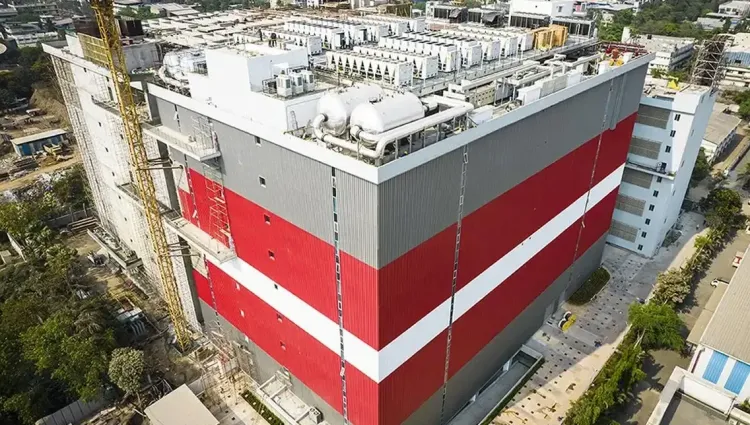Will global electricity demand for data centres double by 2030?

Synopsis
Key Takeaways
- Electricity demand for data centres projected to increase significantly by 2030.
- AI-optimised servers are a key driver of rising power consumption.
- The U.S. and China will dominate global electricity demand.
- Transition to clean energy alternatives is becoming crucial.
- Natural gas will remain the primary power source in the short term.
New Delhi, Nov 26 (NationPress) The global electricity demand for data centres is anticipated to increase by 16 percent in 2025 and is set to double by 2030, according to a report released on Wednesday. Gartner analysts project that worldwide data centre electricity consumption will escalate from 448 terawatt hours (TWh) in 2025 to 980 TWh by 2030.
While traditional servers and their supporting infrastructure play a role in overall data centre electricity consumption, the rapid expansion of AI-optimised servers is significantly driving the rise in power consumption within data centres, remarked Linglan Wang, Research Director at Gartner.
The electricity usage of these AI-optimised servers is expected to surge nearly fivefold, increasing from 93 TWh in 2025 to 432 TWh by 2030, Wang noted.
By 2025, AI-optimised servers will account for 21 percent of total data centre power consumption, rising to 44 percent by 2030.
According to the report, these servers will contribute to 64 percent of the additional power demand for data centres by 2030.
The United States and China are projected to comprise over two-thirds of electricity demand from data centres, with China being better positioned due to its more power-efficient servers and superior infrastructure planning.
Data centre electricity usage in the U.S. is expected to grow from 4 percent to 7.8 percent of regional consumption from 2025 to 2030, while Europe is projected to increase from 2.7 percent to 5 percent.
Growth in China and the Asia/Pacific region is anticipated to be more moderate.
The reliance on fossil fuels for on-site power generation is unsustainable in the long term.
Emerging clean on-site power alternatives—such as green hydrogen, geothermal, and small modular reactors (SMRs)—are expected to become viable options for data centre microgrids by the end of the decade, as highlighted in the report.
In the short term, natural gas will continue to be the primary power source for data centres, according to Tony Harvey, VP Analyst at Gartner.
However, within the next 3 to 5 years, rapid growth in battery energy storage systems (BESS) is anticipated to help balance the fluctuations of solar and wind energy, he added.









